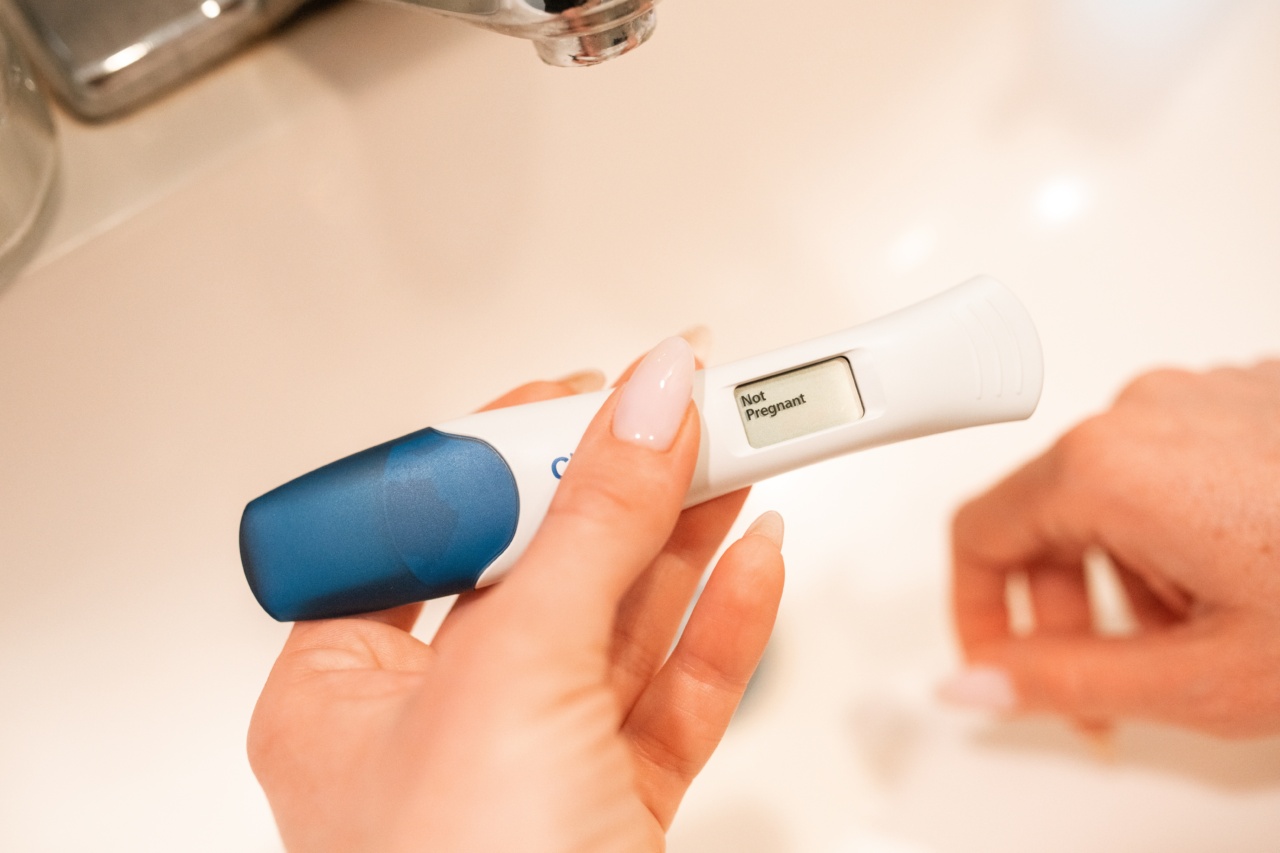Pollution has become a major issue in today’s world, affecting the health and well-being of millions of people. Among the various health effects of pollution, one that is often overlooked is its impact on blood pressure in children.
Studies have shown that exposure to pollution can lead to elevated blood pressure in children, putting them at risk of developing various cardiovascular diseases in the future.
What is Pollution?
Pollution refers to the release of unwanted or harmful substances into the environment.
These substances can come from human activities, such as industrial processes, transportation, and energy production, as well as natural sources, such as volcanic eruptions and wildfires. Pollution can take many forms, including air pollution, water pollution, and soil pollution, and can affect both human and animal health.
Types of Pollution
There are several types of pollution that can affect blood pressure in children:.
Air Pollution
Air pollution refers to the presence of harmful substances in the air we breathe. These substances can come from a variety of sources, including car exhaust, factory emissions, and wildfires.
Exposure to air pollution has been linked to a variety of health problems, including respiratory and cardiovascular diseases.
Water Pollution
Water pollution refers to the contamination of water bodies, such as rivers, lakes, and oceans, with harmful substances.
These substances can come from human activities, such as industrial waste and agricultural runoff, as well as natural sources, such as sediment and nutrients. Exposure to water pollution can cause a variety of health problems, including diarrhea, skin irritation, and various cancers.
Noise Pollution
Noise pollution refers to the presence of excessive or unwanted noise in the environment. This can come from a variety of sources, including traffic, construction, and loud music.
Exposure to noise pollution has been linked to a variety of health problems, including hearing loss and cardiovascular disease.
How Pollution Affects Blood Pressure in Children
Exposure to pollution can lead to elevated blood pressure in children, which in turn puts them at risk of developing various cardiovascular diseases in the future. There are several ways in which pollution can affect blood pressure:.
Inflammation
Exposure to pollution can lead to inflammation in the body, which in turn can damage the blood vessels and increase blood pressure. This is because inflammation leads to the narrowing of blood vessels, making it harder for blood to flow through them.
Over time, this can lead to chronic high blood pressure, which can damage the heart, kidneys, and other organs.
Endothelial Dysfunction
Pollution can also cause endothelial dysfunction, which is a condition in which the cells lining the blood vessels become damaged. This can lead to an increase in blood pressure, as the blood vessels become less elastic and more resistant to blood flow.
Over time, this can lead to chronic high blood pressure, which can damage the heart, kidneys, and other organs.
Increase of Reactive Oxygen Species
Exposure to pollution can also lead to an increase in reactive oxygen species (ROS), which are highly reactive molecules that can damage cells and tissues throughout the body.
ROS have been implicated in the development of various cardiovascular diseases, including hypertension, due to their ability to cause oxidative stress and inflammation.
Activation of the Sympathetic Nervous System
Pollution can also lead to the activation of the sympathetic nervous system, which is responsible for the body’s “fight or flight” response.
This can lead to an increase in heart rate and blood pressure, as the body prepares to respond to a perceived threat. Over time, chronic activation of the sympathetic nervous system can lead to chronic high blood pressure, which can damage the heart, kidneys, and other organs.
Preventing Pollution-Related High Blood Pressure in Children
There are several steps that can be taken to prevent pollution-related high blood pressure in children:.
Avoid Exposure to Polluted Air
Avoiding exposure to polluted air is one of the most effective ways to prevent pollution-related high blood pressure in children.
This can be done by staying indoors when the air quality is poor, using air filters in the home, and avoiding areas with high levels of air pollution, such as busy roads and industrial areas.
Reduce Exposure to Polluted Water
Reducing exposure to polluted water can also help prevent pollution-related high blood pressure in children. This can be done by consuming clean, filtered water, and avoiding swimming in polluted water bodies.
Reduce Exposure to Noise Pollution
Reducing exposure to noise pollution can also help prevent pollution-related high blood pressure in children.
This can be done by using ear protection in noisy environments, such as concerts and construction sites, and avoiding exposure to loud music and other sources of noise pollution.
Eating a Healthy Diet
Eating a healthy diet can also help prevent pollution-related high blood pressure in children.
This can be done by consuming a diet rich in fruits, vegetables, whole grains, and lean proteins, while avoiding processed foods, sugary drinks, and foods high in saturated fat and sodium.
Conclusion
Pollution can have a significant impact on the health and well-being of children, including increasing their risk of developing high blood pressure, which can lead to various cardiovascular diseases.
To prevent pollution-related high blood pressure in children, it is important to take steps to reduce exposure to pollution, such as avoiding polluted air, water, and noise, and eating a healthy diet.



























